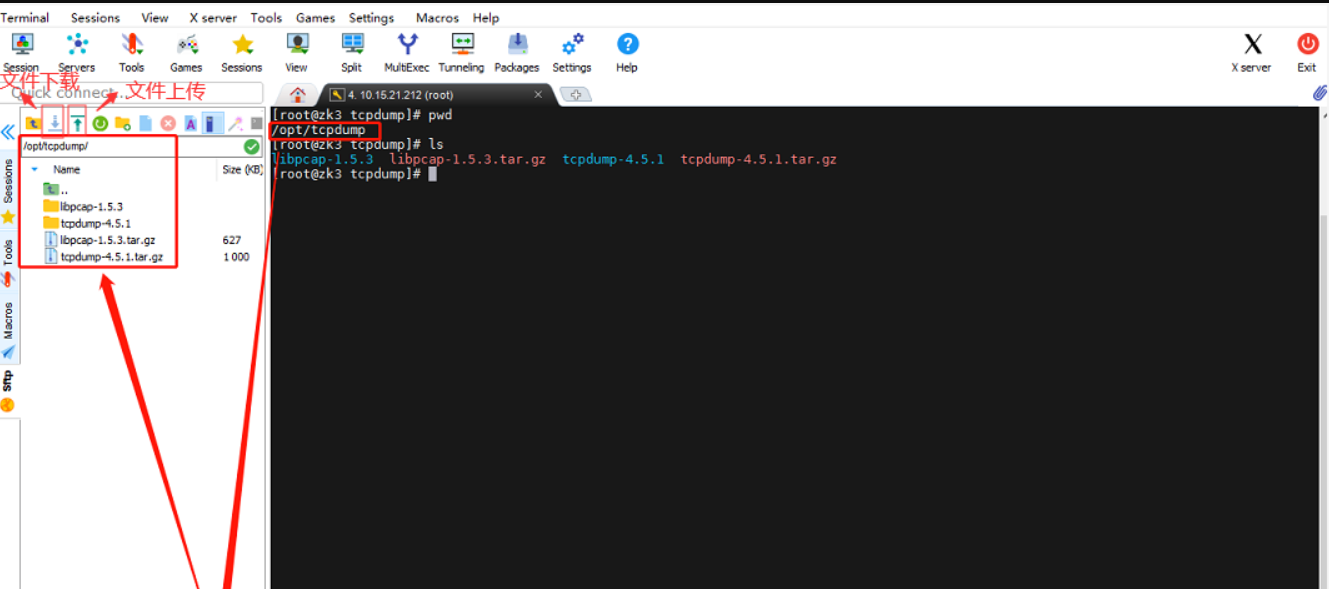目录
- 注意事项
- 开头
- 程序
- 程序的流程图
- 程序输入与输出的效果
- 结尾
注意事项
- 程序里有关字符’\033’的输出都关于Sunshine-Linux的其中一篇博客——《printf函数高级用法设置打印字体颜色和背景色等》
开头
大家好,我叫这是我58。今天,我们来看一下我用C语言编译的边界互通传送迷宫和与之相关的一些东西。
程序
#define _CRT_SECURE_NO_WARNINGS 1
#include <stdio.h>
#include <Windows.h>
void printmaze(const char strmaze[9][9]) {
int ia = 0;
int ib = 0;
for (ia = 0; ia < 9; ia++) {
for (ib = 0; ib < 9; ib++) {
printf("\033[%sm%c", 'G' == strmaze[ia][ib] ? "32" : '^' == strmaze[ia][ib] ? "33" : "0", strmaze[ia][ib]);
}
printf("\033[0m|\n");
}
printf("---------@\n");
}
int main() {
int i = 0;
char ch = 0;
char strmaze[9][9] = {
" * ^^ ^ ",
"*P*^ ^ ^",
"^*^ ^ ",
" ^ ^^^ ^ ",
" ^ ",
" ^ ^^ ^",
"^^ ^ ^",
" ^ G ",
" ^ ^ * "
};
char* cp = &strmaze[1][1];
char* const carrp[32] = { &strmaze[0][4],&strmaze[0][5],&strmaze[0][7],&strmaze[1][3],&strmaze[1][5],&strmaze[1][8],&strmaze[2][0],&strmaze[2][7],&strmaze[3][3],&strmaze[3][4],&strmaze[3][7], &strmaze[4][6],&strmaze[6][0],&strmaze[3][1],&strmaze[5][6],&strmaze[6][3],&strmaze[7][4],&strmaze[2][2],&strmaze[3][5],&strmaze[6][1],&strmaze[6][8],&strmaze[5][8],&strmaze[5][5],&strmaze[5][3],&strmaze[8][4],&strmaze[8][1],&strmaze[0][1],&strmaze[1][0],&strmaze[1][2],&strmaze[2][1],&strmaze[8][7],&strmaze[1][1] };
printf("欢迎你来玩这个迷宫游戏,在这个迷宫中,“P”是你,“G”是终点,而“*”是你可以走的地方,空格是虚空,你不能走,“w”往上,“a”往左,“s”往下,“d”往右,并且,这个迷宫边界互通,而且只要在传送点“^”上输入“z”,就可以传送到这个传送点的另一端,而你只要走到终点就可以了,这就是这个迷宫游戏的规则");
Sleep(8800);
system("cls");
while ('G' == strmaze[7][7]) {
printmaze(strmaze);
scanf("%c", &ch);
while ('\n' != getchar()) {
;
}
*cp = ' ';
for (i = 0; i < 26; i++) {
' ' == *carrp[i] && (*carrp[i] = '^');
}
for (; i < 32; i++) {
' ' == *carrp[i] && (*carrp[i] = '*');
}
switch (ch) {
case 'w':
for (i = 0; i < 9; i++) {
if (cp == &strmaze[0][i]) {
break;
}
}
(9 == i && ' ' != *(cp - 9)) && (cp -= 9);
(9 != i && ' ' != *(cp + 72)) && (cp += 72);
break;
case 'a':
for (i = 0; i < 9; i++) {
if (cp == &strmaze[i][0]) {
break;
}
}
(9 == i && ' ' != *(cp - 1)) && cp--;
(9 != i && ' ' != *(cp + 8)) && (cp += 8);
break;
case 's':
for (i = 0; i < 9; i++) {
if (cp == &strmaze[8][i]) {
break;
}
}
(9 == i && ' ' != *(cp + 9)) && (cp += 9);
(9 != i && ' ' != *(cp - 72)) && (cp -= 72);
break;
case 'd':
for (i = 0; i < 9; i++) {
if (cp == &strmaze[i][8]) {
break;
}
}
(9 == i && ' ' != *(cp + 1)) && (cp++);
(9 != i && ' ' != *(cp - 8)) && (cp -= 8);
break;
case 'z':
for (i = 0; i < 26; i++) {
if (carrp[i] == cp) {
i < 13 && (cp = carrp[i + 13]), i < 13 || (cp = carrp[i - 13]);
break;
}
}
break;
default:
break;
}
*cp = 'P';
system("cls");
}
system("color 0A");
printf("恭喜你,你赢了\n");
return 0;
}
程序的流程图

程序输入与输出的效果
边界互通传送迷宫
结尾
在你看到这里后,可以评论来互动一下我哦。

![[杂项] 判断一个C++程序是多少位数属于那种编译版本](https://i-blog.csdnimg.cn/direct/23bcdd3c70004279aa7967e1cb0905fb.png)
















